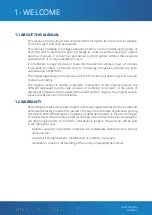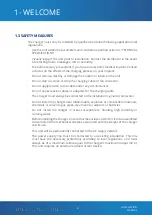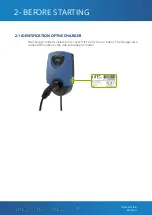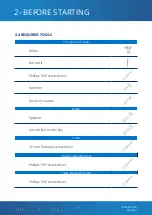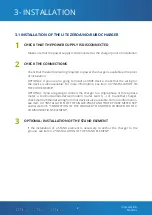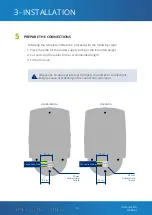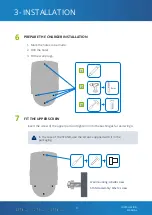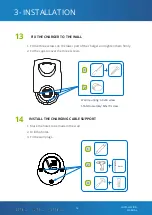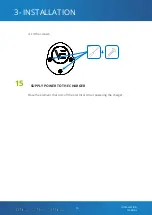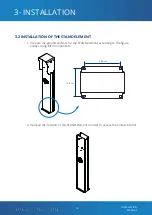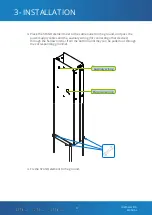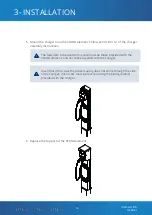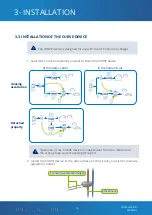
4
INSTALLATION
MANUAL
1- WELCOME
1.3 SAFETY MEASURES
The charger must only be installed by qualified personnel following applicable local
regulations.
•
Use the unit within the parameters and conditions specified at item 4, “TECHNICAL
SPECIFICATIONS”
•
Visually inspect the unit prior to installation. Contact the distributor in the event
of detecting faults, breakages, dirt or humidity.
•
Take all necessary precautions if you have an electronic medical implant. Consult
a doctor on the effects of the charging process on your implant.
•
Do not remove, destroy or damage the stickers or labels on the unit.
•
Do not step on, strike or drop the charging cable or the connector.
•
Do not apply tension to the cable under any circumstances.
•
Do not use extension cables or adapters for the charging cable.
•
The charger must always be connected to the installation’s ground connection.
•
Do not install the charger near inflammable, explosive or combustible materials,
chemicals or solvents, gas pipes, steam vents, radiators or batteries.
•
Do not install the charger in areas susceptible to flooding, high humidity or
running water.
•
Before installing the charger, ensure that the surface on which it is to be assembled
can withstand the mechanical stresses associated with the weight of the charger
and its use.
•
This unit will be permanently connected to the AC supply network.
•
The power supply line must be connected to an existing installation. This line
must have the necessary protections according to local regulations, and must
always be of a maximum calibre equal to the charger’s maximum output (32 A).
This unit requires an external residual-current device.



